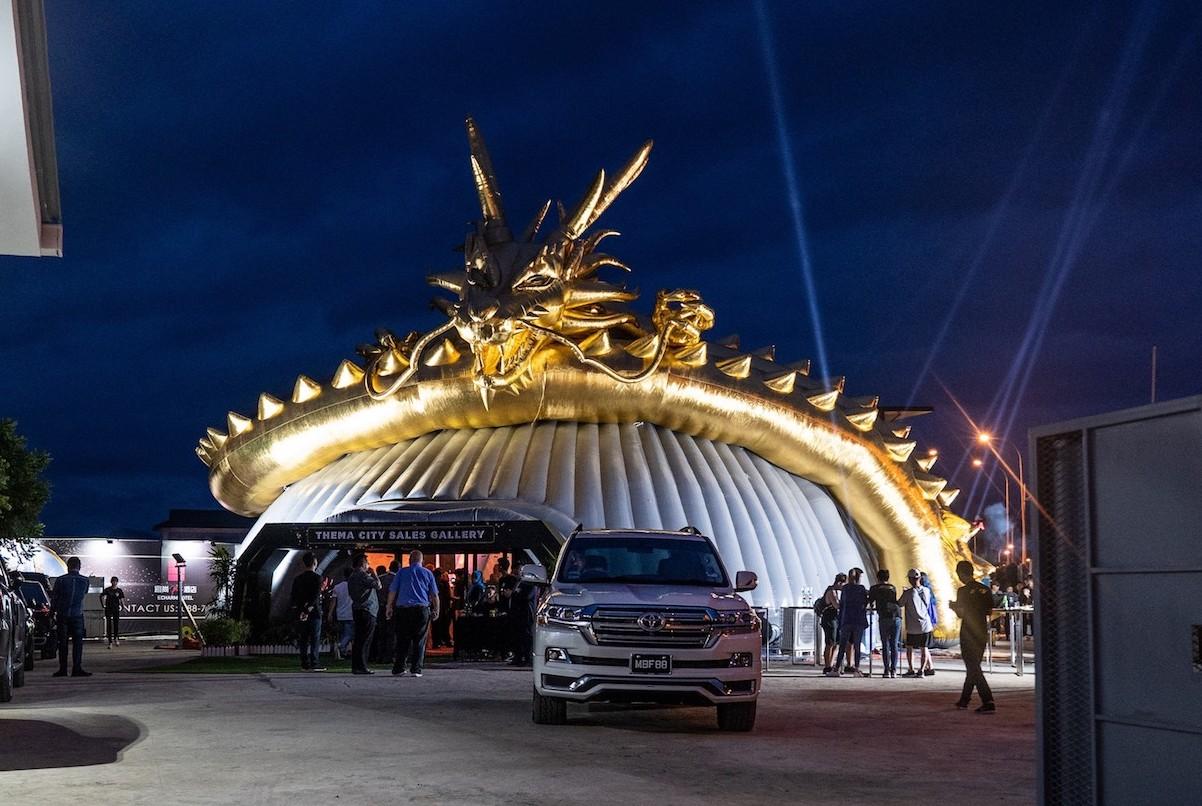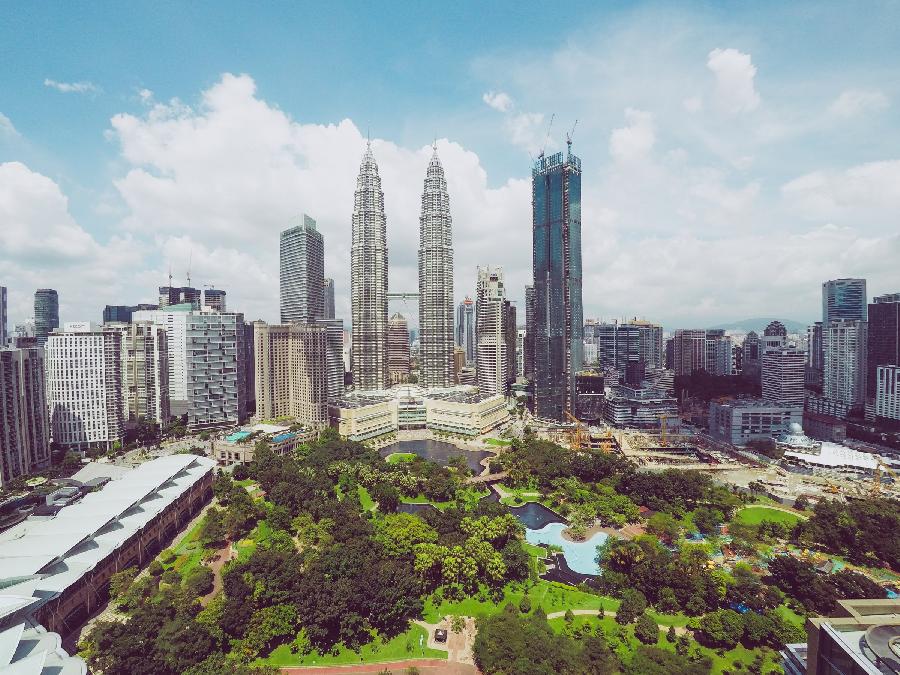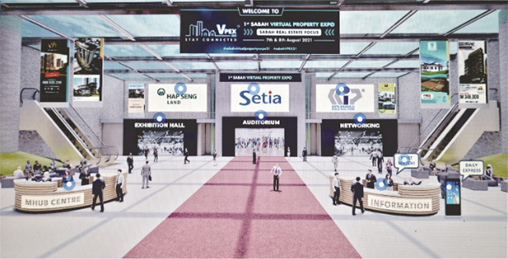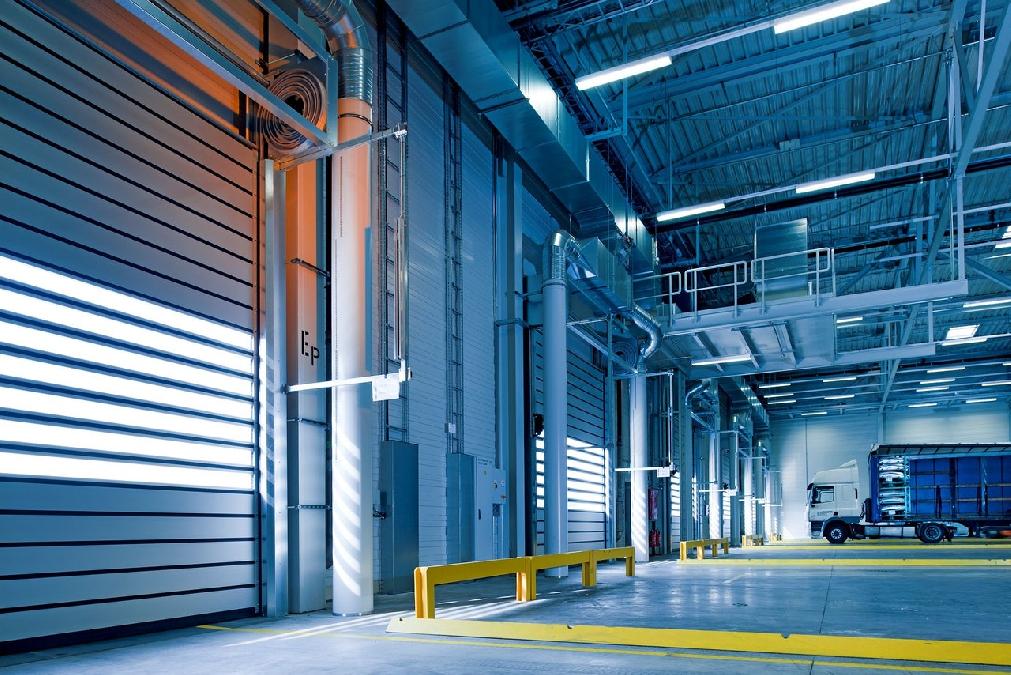If you are currently a young working professional in the KL City centre with an office-bound job, and looking to buy a place you can call our own, it will usually be a smaller sized, affordable home located close enough to an LRT or MRT station.
However, needs change when you get married and start planning for a family.
Usually, when you're ready for a bigger home or seek to upgrade from living in a high-rise apartment to landed property, advice from friends and family on which areas to buy a house in is usually the same: "buy in hotspots". Anyway, as long as these hotspots are still affordable, that would be the best advice.
But why are hotspots so hot?
1. Availability of amenities. Hotspots are usually self-contained townships. From banks to clinics to supermarkets and even F&B places, these mature neighbourhoods usually have everything one needs close to home.
For families with kids, primary and secondary schools or even international schools within the vicinity of home is a necessity.
Moving beyond these family necessities, petrol stations, recreation parks and even medical centres would all complement one another and this is what makes an area a hotspot.
Due to all these readily available conveniences, many are willing to pay more for the homes located within these mature neighbourhoods.
However, the prices of these home have now grown to a level which is prohibitive to the majority, even senior managers.
This is the reason why newer integrated developments are usually further away from the city centre - it's more affordable.
With the availability of land space, developers will have the potential and flexibility to build all the amenities available in the mature neighbourhoods of today.
One example 70km away from the city centre is Bandar Sri Sendayan.
2. Connectivity for drivers or commuters. Developers are touting the distance of their projects to the nearest LRT/MRT stations. This is a very important point especially for the young working professionals. They may not even need to own a car if they stay near an LRT station and their office is near the LRT station too.
However, this does not apply to everyone, especially those with families. It is way more convenient to drive the kids to a nursery or school and safer than walking to the nearest station. What happens when it rains?
Perhaps integrated developments which are a short drive away from a major expressway will be a better choice when it comes to liveability versus affordability.
3. Potential for continuous capital appreciation. Usually, when we buy a blue-chip counter in Bursa Malaysia, the price is already at or near the peak. The reason is because it's already a famous and hot stock and everyone wants to have a piece of it.
However, world famous stock investor Warren Buffett tells us, "Price is what you pay. Value is what you get."
In other words, you must understand the business before you buy because if you buy a stock which is fundamentally sound at a lower price, the value in the future would be greater than the price you pay.
Property investment is the same. Everyone knows that the hotspots of today were not considered hotspots a while back That was why the prices then were much lower than it is today.
Over the years however, more and more amenities were added, connectivity was enhanced and this made the area a hotspot.
The question you should be asking is this: "Will the area I am buying get even better in the near future? What are the developer's plans for the area for the next five to 10 years?"
If the answers are positive and the price is still affordable, it's likely you've found a hidden gem. This may be one property which will offer continuous price appreciation as the years go by.
By the way, property prices should not shoot up like a rocket. If it did, the whole market would crash soon after.
This article first appeared in kopiandproperty.com
_PH_Banner_(Desktop)(1200x180px).png)
.jpg)
.jpeg)
.jpg)







.jpg)
.jpeg)
